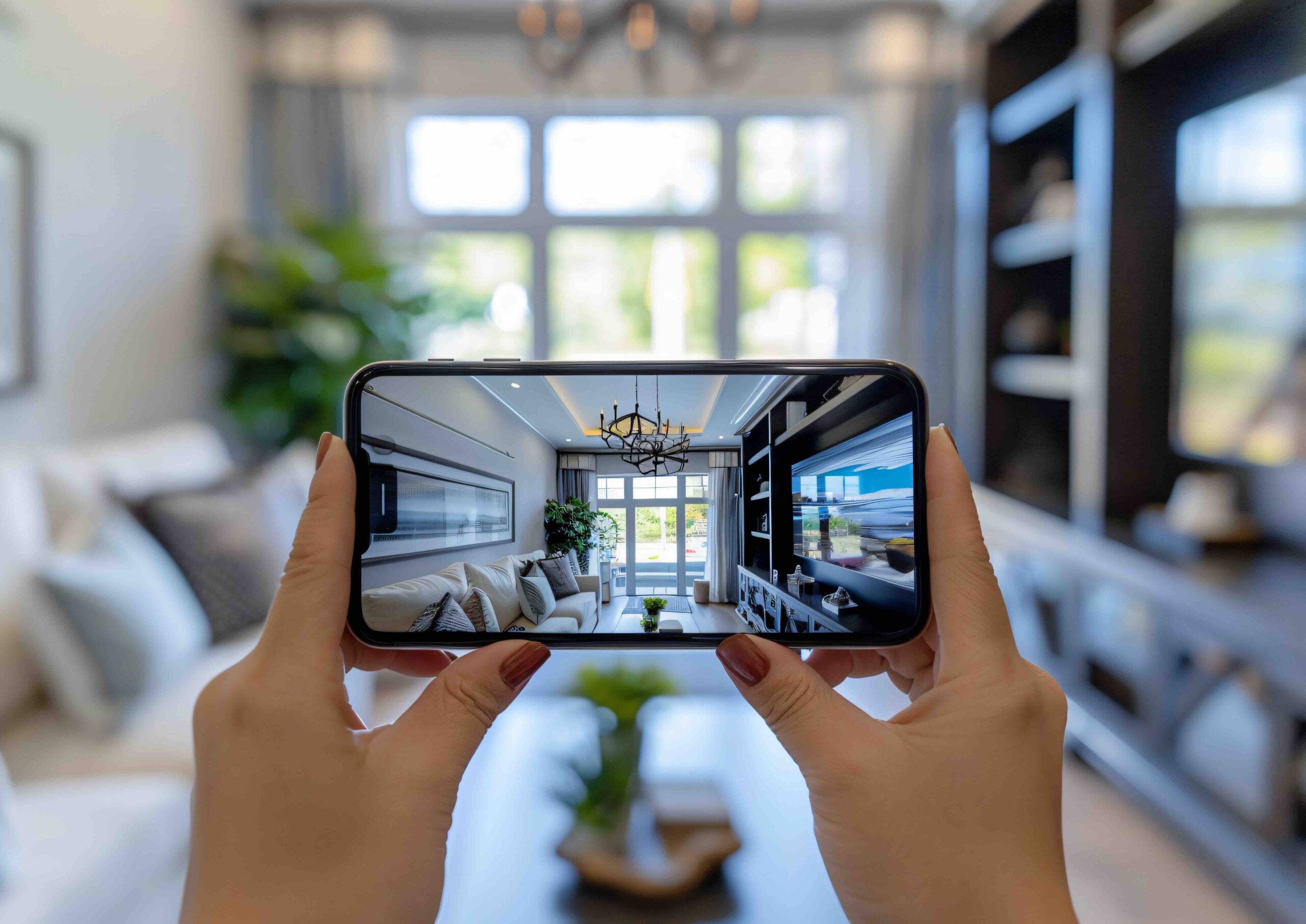The Role of Technology in Modern Property Development.

The property development industry has undergone a dramatic transformation in recent years, driven by advancements in technology. From the initial planning stages to construction and property management, technology is reshaping how developers design, build, and manage properties. These innovations are not only improving efficiency and reducing costs but also enhancing the quality and sustainability of developments. Here’s a look at the key roles technology plays in modern property development.
- Building Information Modeling (BIM)
Building Information Modeling (BIM) has revolutionized the design and construction phases of property development. BIM is a digital representation of the physical and functional characteristics of a building, allowing developers, architects, engineers, and contractors to collaborate more effectively.
- Improved Design Accuracy: BIM allows for the creation of highly detailed 3D models, which provide a realistic visualization of the project. This helps in identifying potential design flaws early in the process, reducing the need for costly revisions during construction.
- Enhanced Collaboration: With BIM, all stakeholders have access to a centralized platform where they can share updates, make changes, and track progress in real-time. This collaborative approach leads to better communication, fewer errors, and a more streamlined construction process.
- Lifecycle Management: BIM extends beyond the construction phase, offering tools for managing the building throughout its lifecycle. From maintenance scheduling to renovations, BIM helps developers and property managers optimize the performance and longevity of the building.
- Virtual and Augmented Reality (VR and AR)
Virtual Reality (VR) and Augmented Reality (AR) are becoming increasingly important in property development, offering immersive experiences that enhance both design and marketing efforts.
- Virtual Tours: VR allows potential buyers or tenants to take virtual tours of a property before it’s even built. This technology provides a realistic experience, helping clients visualize the final product and make informed decisions early in the sales process.
- Design Visualization: AR can be used during the design phase to overlay digital models onto physical spaces, allowing developers and architects to see how a new building will fit into its environment. This can help in making design adjustments before construction begins, reducing the likelihood of costly changes later.
- Enhanced Sales and Marketing: VR and AR tools can create compelling marketing materials that showcase the features and benefits of a property in a more engaging way. This can lead to higher sales and rental rates, as clients are better able to appreciate the value of the development.
- Smart Building Technology
Smart building technology is increasingly being integrated into modern property developments, offering benefits for both developers and occupants.
- Energy Efficiency: Smart systems, such as automated lighting, heating, and cooling, can optimize energy usage based on occupancy and environmental conditions. This not only reduces operating costs but also supports sustainability goals, making properties more attractive to eco-conscious buyers and tenants.
- Enhanced Security: Smart security systems, including surveillance cameras, access control, and alarm systems, can be monitored and managed remotely. This provides a higher level of security for residents and makes the property more attractive to potential tenants or buyers.
- Convenience and Comfort: Smart home features, such as voice-activated controls, smart appliances, and integrated entertainment systems, enhance the living experience. Properties equipped with these technologies can command higher rents and sale prices, as they cater to the growing demand for connected, tech-enabled living spaces.
- Construction Technology and Automation
Advancements in construction technology are transforming the way buildings are constructed, leading to faster project timelines, reduced costs, and improved safety.
- Prefabrication and Modular Construction: Off-site construction methods, such as prefabrication and modular construction, allow for the assembly of building components in a controlled environment. These components are then transported to the construction site for final assembly. This approach reduces construction time, minimizes waste, and improves quality control.
- Drones and Robotics: Drones are increasingly used for site surveys, inspections, and progress monitoring. They provide real-time data and high-resolution images, helping developers make informed decisions quickly. Robotics, meanwhile, are being used in various construction tasks, such as bricklaying, concrete pouring, and even demolition, enhancing efficiency and safety.
- 3D Printing: 3D printing technology is emerging as a revolutionary tool in construction, enabling the creation of complex building components with high precision. This technology can reduce material waste, lower costs, and allow for more innovative architectural designs.
- Data Analytics and Artificial Intelligence (AI)
Data analytics and artificial intelligence (AI) are becoming essential tools in property development, providing insights that drive better decision-making and project outcomes.
- Predictive Analytics: AI-powered predictive analytics can forecast market trends, property values, and rental demand. Developers can use this data to identify the best locations for new developments, optimize pricing strategies, and maximize returns on investment.
- Construction Management: AI can be used to optimize construction schedules, manage supply chains, and predict potential delays or cost overruns. This leads to more efficient project management and reduces the risk of budget overruns.
- Property Management: In the operational phase, AI-driven property management platforms can automate routine tasks, such as maintenance requests, rent collection, and tenant communications. This improves efficiency and enhances the tenant experience.
- Sustainable Development and Green Technology
Sustainability is a key focus in modern property development, and technology plays a vital role in achieving eco-friendly and energy-efficient buildings.
- Renewable Energy Integration: Technologies such as solar panels, wind turbines, and geothermal systems are increasingly being integrated into new developments. These technologies reduce reliance on fossil fuels, lower energy costs, and contribute to the property’s overall sustainability.
- Water Conservation: Smart water management systems can monitor and reduce water usage through leak detection, efficient irrigation, and low-flow fixtures. These systems are essential for sustainable developments, particularly in regions facing water scarcity.
- Green Building Materials: Innovations in materials science have led to the development of sustainable building materials, such as recycled steel, bamboo, and low-carbon concrete. These materials reduce the environmental impact of construction and contribute to the overall sustainability of the development.
Conclusion
Technology is playing an increasingly critical role in every aspect of property development, from design and construction to marketing and property management. By leveraging the latest technological advancements, developers can create more efficient, sustainable, and attractive properties that meet the needs of modern buyers and tenants.
As technology continues to evolve, it will undoubtedly bring even more innovations to the property development industry, driving further improvements in quality, sustainability, and profitability. Developers who embrace these technologies will be well-positioned to lead the industry into the future, delivering properties that are not only economically viable but also environmentally responsible and technologically advanced.

